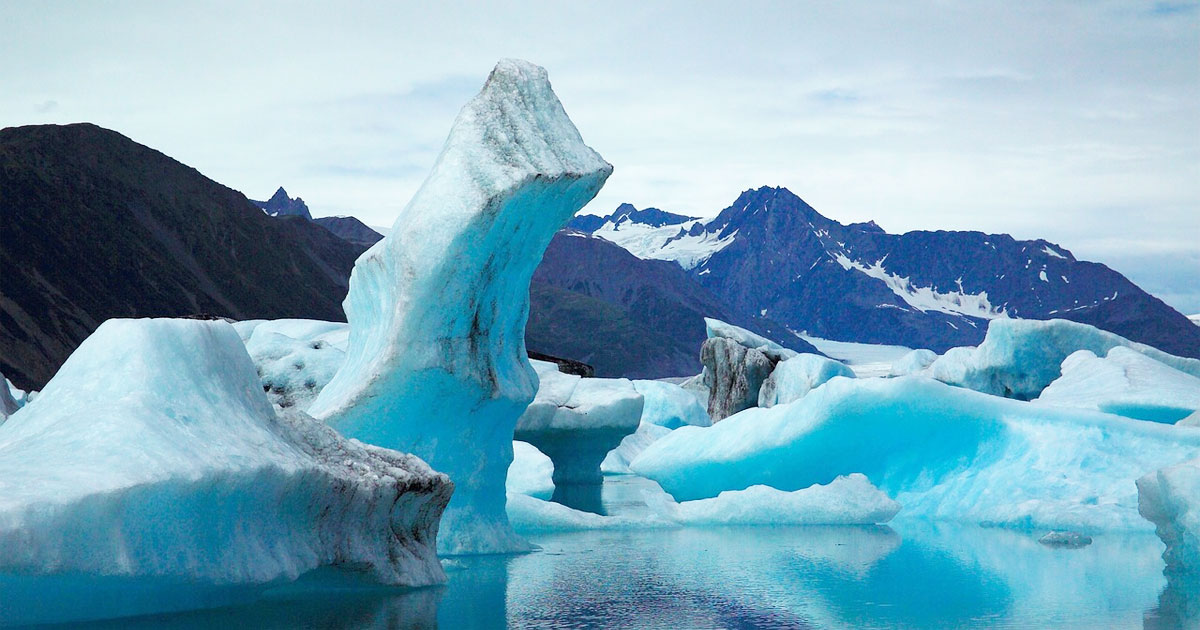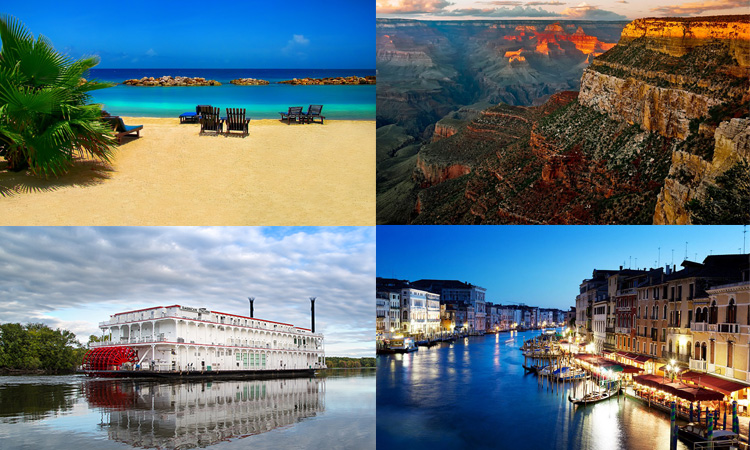Alaska Facts
- The heaviest annual snowfall: 975.5 inches (over 81 ft.) at Thompson Pass, near Valdez during the winter of 1952-53.
- Lowest recorded temperature: -80 degrees F at Prospect Creek Camp, 1971.
- Fairbanks Alaska may have the widest temperature range of any major city in North America. Summer days can hit 90 + degrees F and winter is no stranger to -60 degrees F.
- In Alaska, it is illegal to wake a sleeping bear for the purpose of taking a photograph.
- The average bear eats about 2,000 berries per day in the summer.
- Over 1,000 moose live in the Anchorage city limits.
- Most of America’s salmon, crab, halibut, and herring comes from Alaska.
- Alaska contains over 100 volcanoes and volcanic fields of which 43 are considered active.
- Alaska is home to the second largest earthquake ever recorded (1964 Great Alaska Earthquake, magnitude 9.2) and has had 11% of the worlds recorded earthquakes.
- The largest national forest in the United States is the Tongass National Forest stretching more than 500 miles along Southeast Alaska’s Inside Passage.
- Alaska is the least populous state. There is approximately 1 person per square mile in Alaska vs. 80 people per square mile in the rest of the United States.
- Alaska has more than 10,000 glaciers. The Bering Glacier in Southeast Alaska near St. Elian – Wrangell National Park is larger than the entire state of Rhode Island.
- Alaska has more active glaciers and ice fields than the rest of the inhabited world. 5% of Alaska is covered by glaciers.
- Alaska has 17 of the 20 highest mountains in the United States including the highest mountain, Mt. McKinley at 20,360 ft.
- Alaska’s coastline is over 33,000 miles.
- The world’s busiest seaplane base is Anchorage’s Lake Hood. It handles more than 1,000 takeoffs and landings on a peak summer day.
- The Anton Andersen Tunnel, connecting Anchorage to Whittier, was constructed in 1943 during WWII and is the longest dual use (rail/highway) tunnel in North America. It stretches 2.5 miles and is designed for temperatures of -40 degrees F and 150 mph winds.
- Alaska accounts for 25% of the oil produced in the United States.



